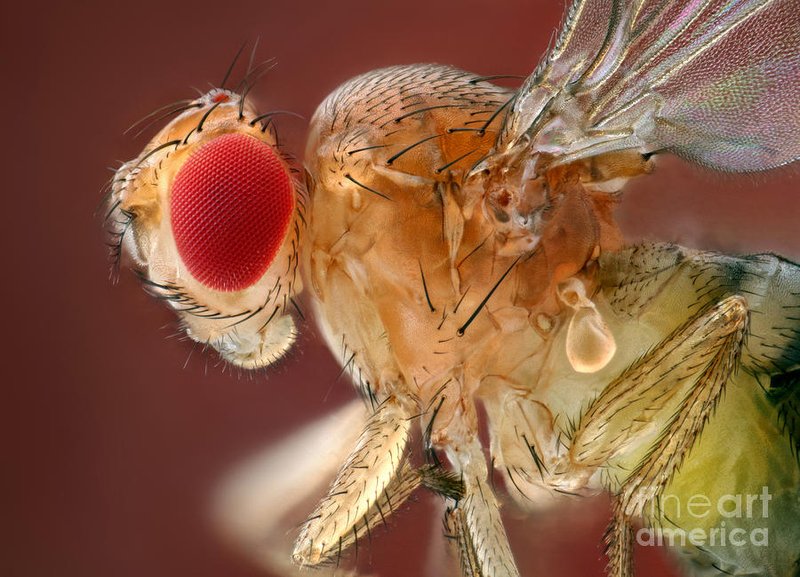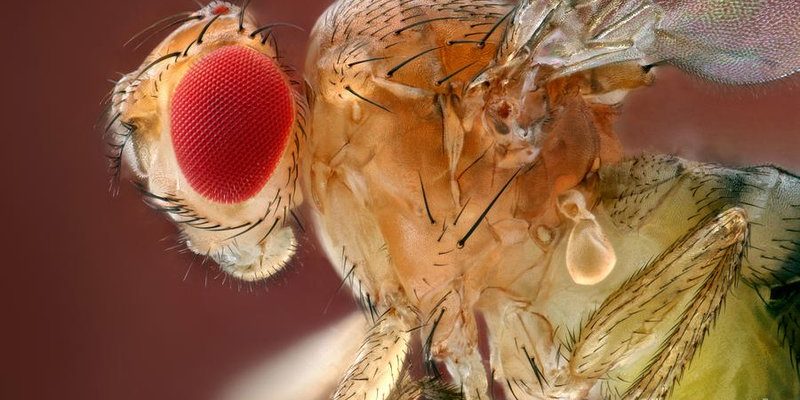
Honestly, not many people stop to consider how fruit flies fit into the bigger picture of our ecosystem. They play a role in science, agriculture, and even how we understand genetics. So, let’s dive in and bust some of the most common myths about these buzzing little creatures. By the end, you’ll not only understand fruit flies better, but you might also find yourself a little more tolerant of their presence.
Myth
It’s easy to assume that fruit flies are attracted to trash and spoiled food because they seem to pop up around overripe fruits, but that’s not the whole story. First off, fruit flies love sugary substances, which can come from various sources, not just garbage. They can be drawn to:
- Fresh fruits and vegetables
- Fermenting beverages
- Spilled soda or juice
- Even drain pipes with organic matter
So, let me explain: while you might see them clustering around that old banana on your counter, they’re not necessarily “dirty” by nature. They’re just hungry! And the idea that they only thrive in filthy environments is a myth. The reality is that they’re attracted to any source of food that’s rich in sugar, regardless of how clean or dirty the area might be.
Myth
Here’s the thing: many people think that fruit flies can soar through the skies for miles like a bird, but that couldn’t be further from the truth. Fruit flies generally have a limited range. Their typical flying distance is around a few hundred feet—certainly not miles!
Most of their travel is short and quick, often between the types of food sources that are close together. They can sense the scent of ripe fruit from a distance and zip over, but once they land, they’re mostly grounded. This means that if you spot one in your kitchen, it probably didn’t come from the neighbor’s garden; it likely came from the fruit bowl right next to it.
Myth
You might be surprised to learn that there are actually many species of fruit flies. The most notorious one is the Drosophila melanogaster, commonly used in genetic research, but there are others, too. Each type can have different preferences for food and environments.
Let me break it down a bit more:
- *Drosophila melanogaster*: Often found in homes, attracted to ripe or rotting fruit.
- *Drosophila suzukii*: Also known as the spotted-wing drosophila, these are known to infest whole crops, causing more significant problems for farmers.
Each species has unique traits and can impact different foods. So, when you see a fruit fly, you might not be looking at just any fly; you could be witnessing a whole different story that involves crop damage, research breakthroughs, or even pest control challenges.
Myth
If only getting rid of fruit flies were as easy as swatting at them! Many people think that simply cleaning up is enough. While it’s true that maintaining cleanliness is important, fruit flies can be surprisingly persistent. They breed quickly and can become a real nuisance if you don’t tackle the problem effectively.
Here’s what you should consider:
- Identify the source: Before you can eliminate them, you need to find out where they’re coming from.
- Use traps: Homemade traps can be effective. A simple mixture of apple cider vinegar and a drop of dish soap can lure them in.
- Seal food properly: Keep your fruits and veggies in sealed containers to prevent access.
Taking a holistic approach is the key to dealing with fruit flies. It’s not just about one-time cleanup; it’s about understanding their breeding habits and being proactive.
Myth
While fruit flies might seem harmless on the surface, there’s a bit more to consider. They can carry bacteria and transmit pathogens. That’s why it’s crucial to keep food covered and stored properly.
It’s not a huge risk for most of us, but it’s still worth noting. For example, if fruit flies infest your kitchen, they might contaminate food items. This is particularly concerning if you have a compromised immune system or if the fruit is being served to young children or elderly individuals.
Consider this: ensuring proper food safety practices can help you keep these pests at bay and minimize any potential health risks.
Myth
You might think that fruit flies are only a summertime problem, but they can actually thrive year-round if they find cozy indoor environments. While they love warm weather, they can venture indoors when temperatures drop.
Here’s why this matters:
- Indoor breeding: They can reproduce in kitchens or pantries even in winter.
- Climate control: Heaters can create favorable conditions for their survival.
So, if you think you can relax during the colder months, think again! Keeping your space clean and food stored properly is a year-round responsibility.
Now that we’ve busted some common myths about fruit flies, you can approach these little creatures with a fresh perspective. They may be pesky, but understanding their behavior can help you deal with them more effectively. By recognizing that they’re not just dirty pests, that they don’t fly far, and that they can be found year-round, you can take the right steps to manage them.
Remember, it’s all about knowledge and prevention. Keep your kitchen clean, seal up your food, and stay informed about these tiny, fascinating insects. Who knows, the next time a fruit fly buzzes by, you might even appreciate its role in the ecosystem!

